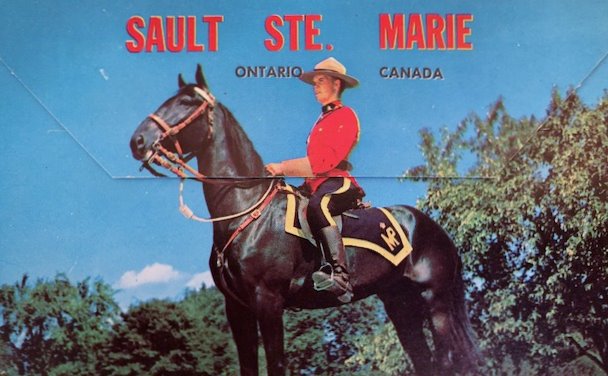
Recommended reading on the craft of fiction: A Swim in a Pond in the Rain (In Which Four Russians Give a Master Class on Writing, Reading, and Life) by George Saunders, Bloomsbury Publishing, 2021
In grad school, I remember how few of my MFA cohorts would admit they had “What the heck?” reactions to some of our fiction reading assignments. They always “got it” or at least grinned enigmatically.
However, writer and professor George Saunders acknowledges that his students at Syracuse University have had what-the-heck reactions to the short stories he assigns. To elicit such honesty from students, Saunders must create a collegial space for questioning and exploration in his classrooms. His 2021 book, A Swim in a Pond in the Rain, demonstrates this mode of inquiry.
In A Swim in a Pond in the Rain, Saunders shares the assigned readings, lectures, and discussions from his popular Syracuse course that examines the short fiction of several nineteenth-century Russian authors — Anton Chekhov, Ivan Turgenev, Leo Tolstoy, and Nikolai Gogol (who had Ukrainian roots). Within his analysis, Saunders acknowledges student critiques, such as that certain specifics seem like fluff.
Saunders shows how he can take a story that makes you shrug (and consider cutting by half) and helps you see how the writer’s craft works. At least once, he challenges you (and his students) to try cutting an assigned story, which turns out to be an insurmountable task.
These types of hands-on revelations are especially useful when turned to your own writing. Your awareness of what is and isn’t working in your own drafts grows after seeing these Russian stories through Saunders’s lens, alongside student and critical perspectives.
One of the many concepts that will stick with me from this book is TICHN. “As we read a story (let’s imagine) we’re dragging along a cart labeled ‘Things I Couldn’t Help Noticing’ (TICHN),” Saunders writes. Language choices, story structure, patterns, and so on — noted consciously (or not) — may fill the TICHN cart. For readers, the TICHN cart may offer aha! moments upon reflection. For writers, these elements may help bring together a story’s ending.
A Swim in a Pond in the Rain starts by approaching a Chekhov story one digestible page at a time: page, discussion, page, discussion, and so on. The book continues with newer translations of the Russian short stories, with each story examined further in “Afterthoughts.” At times, Saunders offers discussions of discussions that break down the stories through outlines, editing challenges, and exercises for students.
It’s no secret that I would recommend A Swim in a Pond in the Rain. As readers, this book helps us see how some notable fiction works. As writers, we can apply the knowledge and techniques revealed to our own fiction. As teachers or workshop participants, Saunders offers approaches and hands-on tasks to use in the classroom and beyond.



